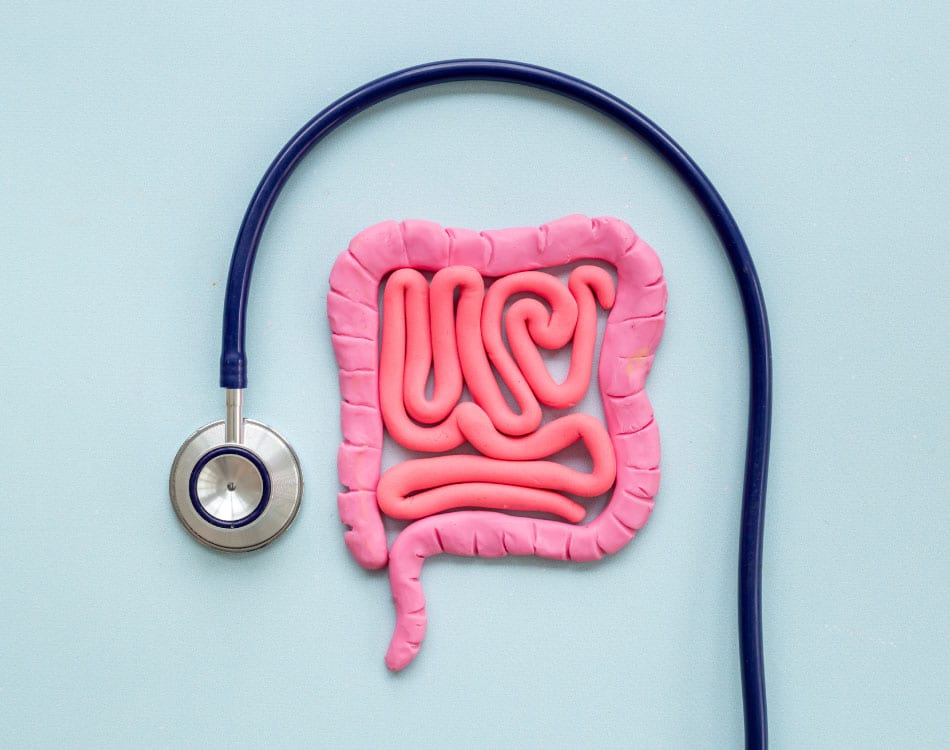Getting sick during winter can derail our training momentum and hold back our progress towards that spring or summer race.
Faced with the prospect of time away from training, many of us will consider exercising through an illness or infection.
But how do you know if it is safe to keep training when you feel sick?
READ MORE | The Dangers Of Training When Sick
Alleviate symptoms
But there are instances when it may still be safe to train. In fact, light physical activity can sometimes help to alleviate minor symptoms like nasal congestion and lethargy when you are suffering from a mild infection like an upper respiratory tract infection (URTI).
Light to mild exercise can help alleviate symptoms as it opens your nasal passages, which can temporarily relieve nasal congestion and the associated pressure headaches, and also helps to deliver more oxygen and nutrients throughout the body, which can boost energy levels.
Certain types of exercise including light cardio can also help to boost your immune system when performed at the correct intensity and for the appropriate duration by boosting immune cell production.
A randomised controlled trial published in The Annals of Family Medicine in 2012 affirmed that moderate exercise can reduce the risk of acute respiratory illnesses, reduce their severity, and even shorten how long a person experiences symptoms.
READ MORE | 5 Tips To Help You Bounce Back From The Flu Sooner
Making it worse
Conversely, exercising when you have a full-blown cold or flu infection could make your symptoms more severe and prolong the illness because training when sick, especially at a high intensity, can compromise your immune system.
Studies conducted on animals that were infected with a systemic virus found that engaging in physical activity while experiencing fever and pain exacerbated and prolonged symptoms.
As such, the worst thing you can do when battling a severe illness or cold or flu virus is try to sweat it out with exercise.
You can consider training if:
- Symptoms are above the neck such as a runny nose, nasal congestion, sneezing, tearing or puffy eyes, a tension headache or a minor sore throat.
- Your body temperature is between 36-37°C (or lower).
If you train when feeling under the weather, remember to:
- Keep the intensity, duration and volume below your normal training levels.
- Maintain optimal hydration levels with water and/or electrolytes.
- Listen to your body and do what you can. Don’t push your body.
- Your resting (waking) heart rate is normal or only slightly elevated (below 5 bpm higher).
- Make sensible decisions based on how you feel before, during and after training.
The best exercises to perform while sick:
- Walking
- Easy running or cycling
- Light weight training
- Yoga
The worst exercises to perform while sick:
- Intense or prolonged endurance activities
- Racing or time trials
- CrossFit
- Heavy weight lifting
- Swimming
End the session if you:
- You feel light-headed or dizzy
- You experience chest tightness or pressure
- You have trouble breathing
- Experience shortness of breath
- Experience difficulty balancing
- Your heart rate rises rapidly and remains abnormally high
Do not train if:
- Your body temperature exceeds 37°C
- You have a tight chest
- You experience coughing or wheezing
- You are suffering from general fatigue
- Have a stomach bug
- You are vomiting or have diarrhoea
- Your resting (waking) heart rate is more than 7 bpm higher than normal
- You experience muscle aches and/or joint pain
Ultimately, when that pesky winter flu finds you, it is best to rest and seek a diagnosis and the appropriate medical treatment early on to ensure you can get back to training sooner rather than later.













